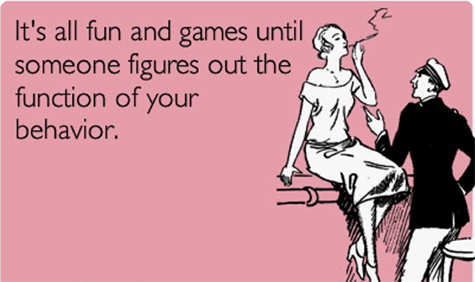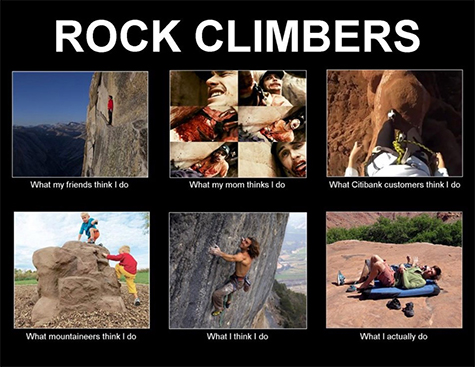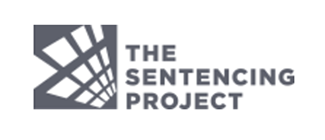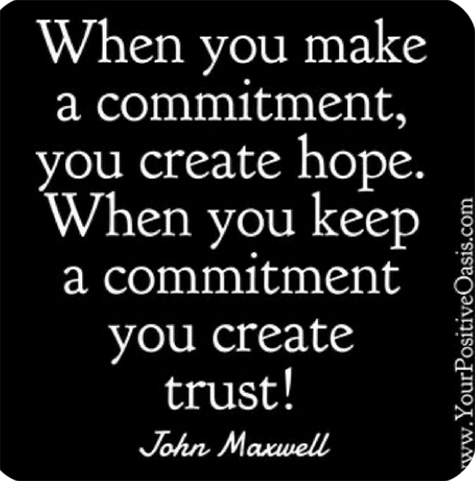FLOW
Can you think of a time when you felt completely engaged and in touch with what you were doing? Maybe you were playing music, participating in a performance, playing a sport, drawing, reading, writing, exercising?
What was that experience like for you? You might have been so focused and involved in the task that anything outside of it was out of your awareness. Time may have also seemed to fly by with ease. This experience is what a psychologist named Mihaly Csikszentmihalyi describes as a flow state.
In DBT, we discuss the ability to access a flow state through utilizing our mindfulness skills. Our WHAT and HOW skills are integral in entering this state, especially participation and one mindfulness. A time where we throw ourselves into full participation and one mindfulness is a time that we are less likely to experience self-consciousness, and more likely to experience joy and a sense of fulfillment.
Csikszentmihalyi suggests that we are also more prone to enter a flow state when the task is a balance between being challenged and being reasonable given our level of expertise. Building mastery is a DBT skill that encourages participating in a task that feels both challenging and appropriate based on our skill level. A flow state is very similar. Over time, as we increase our skill level, we also want to increase the difficulty of the task we are engaging in. This maintains our ability to access a flow state and foster feelings of accomplishment towards ourselves.
I have recently started to play the piano again. The last time I played was about 10 years ago and my skill level has decreased since then. When I first picked up the piano after years of not playing, I had the urge to play a song that was more challenging (Viva La Vida by Coldplay). I soon realized that attempting to play this song was prompting more frustration than enjoyment. I then decided to switch to a more reasonable song (Somewhere Over the Rainbow by Israel Kamakawiwoʻole). I quickly became fully engaged and felt one with the music. All that my mind was focused on was my fingers swiftly gliding along the piano keys as the tune of Somewhere Over the Rainbow radiated from the speaker. An hour of me playing the song over and over again passed with ease. This experience is an example of a state of flow.
Over the next week, we’d like you to think about what activity might lead you to experience a flow state. Let’s see if we can pick one activity to fully participate in this week and we encourage you to consider one where you could build mastery. Sometimes we may have to do a bit of trial and error. We hope to hear about your experience exploring a flow state this week!
WORDS OF WISDOM
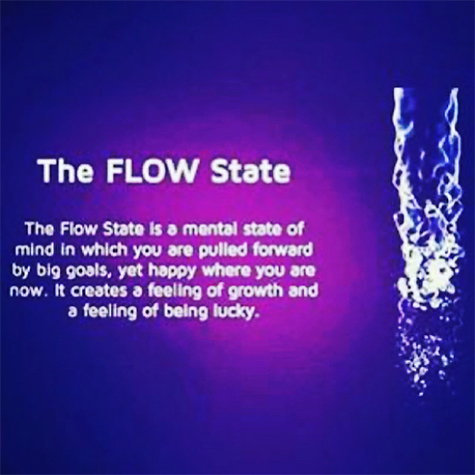
MEME OF THE WEEK
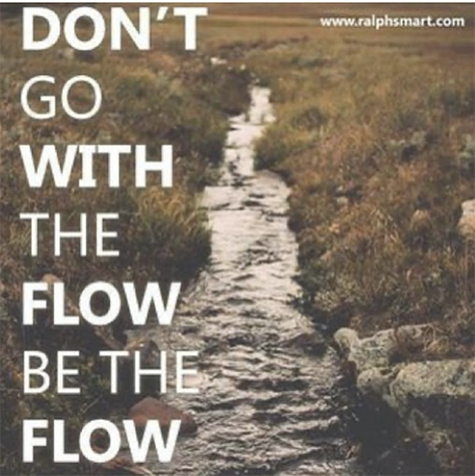
BOOK OF THE WEEK
(Click below to Purchase Book)
ACTIVITY
Recycled Wind Chime Craft
CONTRIBUTE






